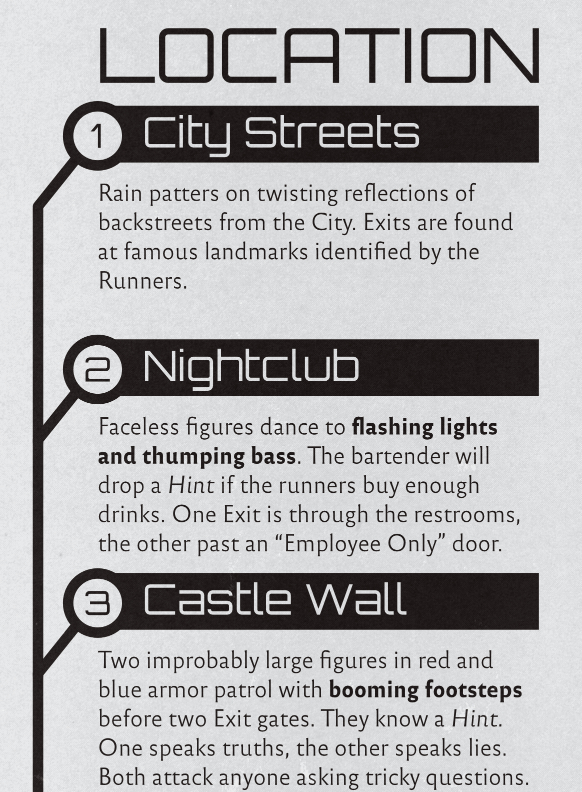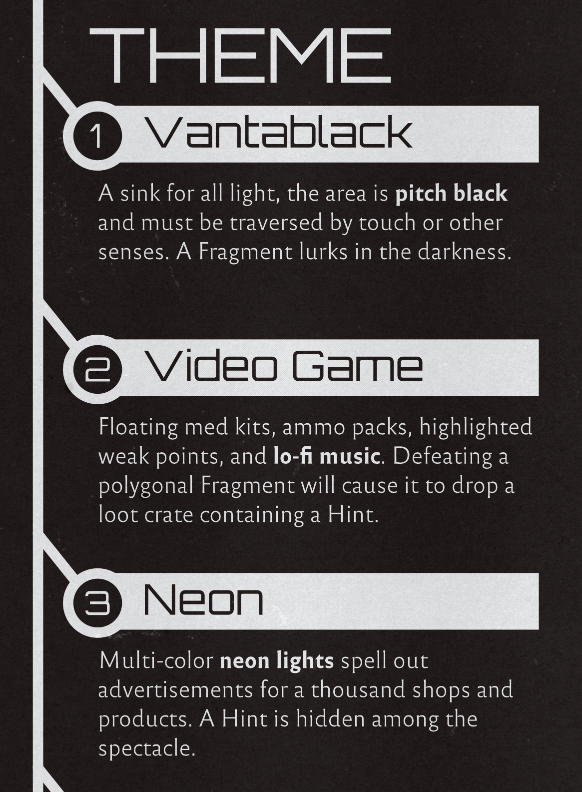Cross-posted from: https://beehaw.org/post/7742150
Apologies if cross-posting isn't appreciated, the RPG community is splintered enough over here that I'm never sure where to post things.

I wrote this as part of the CBR+PNK Jam, and if people aren't familiar CBR+PNK is a super condensed Forged in the Dark one shot system where you play a group of cyberpunk operatives on their last run.
Cloud Crawl was sort of an experiment to see if I could capture the sort of procedural generation depth crawl games (as epitomized in Stygian Library) in a small sized single pamphlet package. I'm pretty pleased with how it turns out, and I'm also pretty sure no one has ever done a depth crawl in a binary tree before (happy to be proven wrong here if someone can find an example!).



The game is half off this weekend for its launch, but I'm also keeping it fully stocked up with community copies for the time being so feel free to grab one for free if you want to take a look!
I'm no expert, been doing it as a hobby for about five years now, but from my own experience I'll make a few notes: